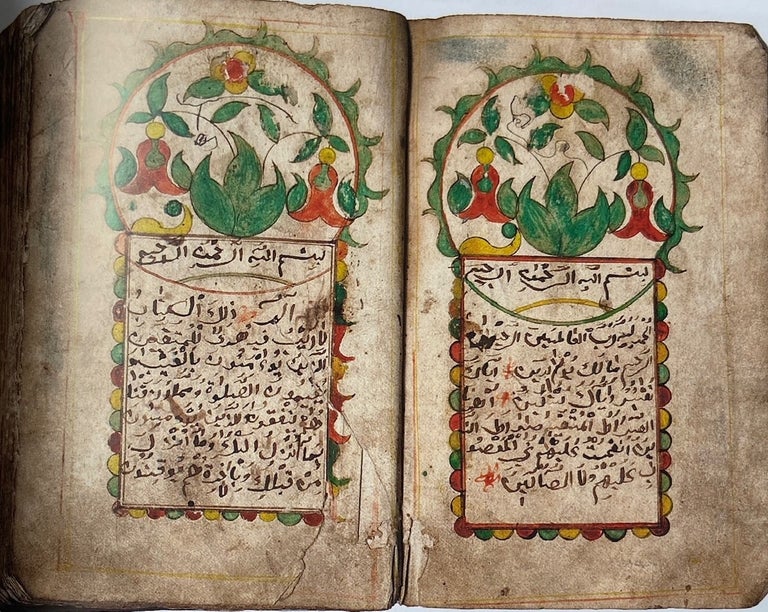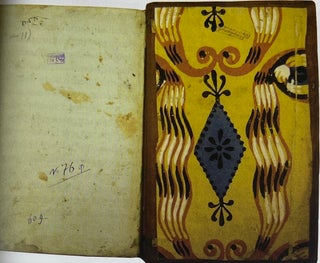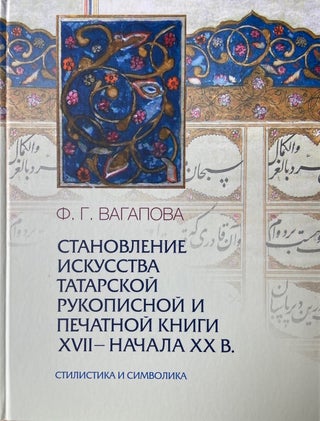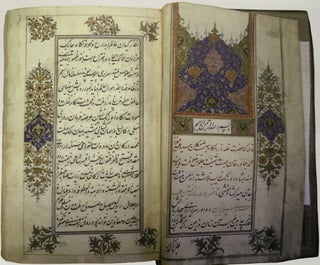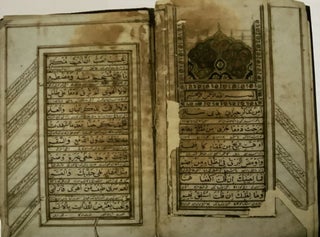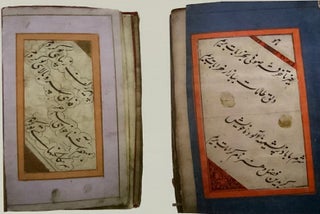Stanovlenie tatarskoi rukopisnoi i pechatnoi knigi XVII – – nachala XX v. Stilistika i simvolika (Development of Tatar manuscript and printed books from the 17th to the early 19th centuries: style and symbolism)
Kazan: Tatarskoe knizhnoe izdatel’stvo, 2021. Sewn cl. Works from museums, libraries, and archives document visually, and the author’s scrupulous research narrates how the art of manuscripts and then printed books arose in southern Russia among the Tartars and evolved over approximately three centuries. Manuscript art continued after printing presses were opened in Kazan in the early nineteenth century and grew out of traditions of miniatures in Islamic manuscripts of Central Asia. The author also identifies the influence on book design of Islamic architecture and Tatar embroidery and ornamental leather. As part of the Russian Empire Tatar scribes, calligraphers, printers, and publishers were aware of European book art but favored conventions of miniatures and book design seen in Near Eastern and Central Asian book art. Works in Tatar used Arabic letters until after the 1917 revolution and the introduction of Cyrillic by Soviet authorities. 189 p., 29 cm, approx. 150 color and b/w illus., Rus. Item #4327
ISBN: 9785298043144
Chapter headings: Traditions of creating Tatar manuscripts in Arabic from the 17th to the early 20th c.; historical context when Tartar manuscript art arose; singularities of Tatar manuscript design; stylistic traits of Tatar calligraphy; Artistic layout of Tatar manuscript books; rhythm as aesthetic expression; symbolism in the Tatar manuscript book; kinds of ornament used in designing manuscript books; Design of printed books and journals from the 18th to the early 20th c. at Kazan printing presses; history of printing Tatar books using Arabic scrip; construction and design of pre-Revolutionary Tatar printed books; artistic aspects of Tatar printed books; characteristics of design in the Tatar periodical press.
Price: $64.00

